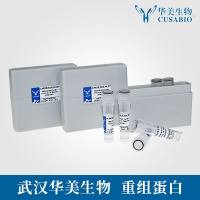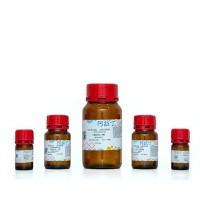Two-dimensional gel electrophoresis (2-DE) is a useful proteomic tool to unravel some of organism gene expression complexities, and to study directly the gene products and several of their corresponding posttranslational modifications. A simple and universal sample application method was developed (1 ,2 ) to provide reproducible separation of thousands of polypeptides on a single gel and their transfer to PVDF membrane. This methodology is suitable for commercially available or homemade IPG strips. Practically, we combined “volume-controlled rehydration” and “in-gel sample rehydration,” using the entire IPG gel for sample application, with the protein entering the gel during its rehydration. This method avoids the use of sample cups, eliminates precipitation at the sample application point, and thus, improves resolution throughout the pH range of the gel. It also allows precise control of protein amounts and sample volumes loaded into the IPG gels. However, the separation of low-copy-number proteins in amounts sufficient for postseparation analysis continues to present a challenge for 2-D techniques, and prefractionation techniques are still required in this situation.






